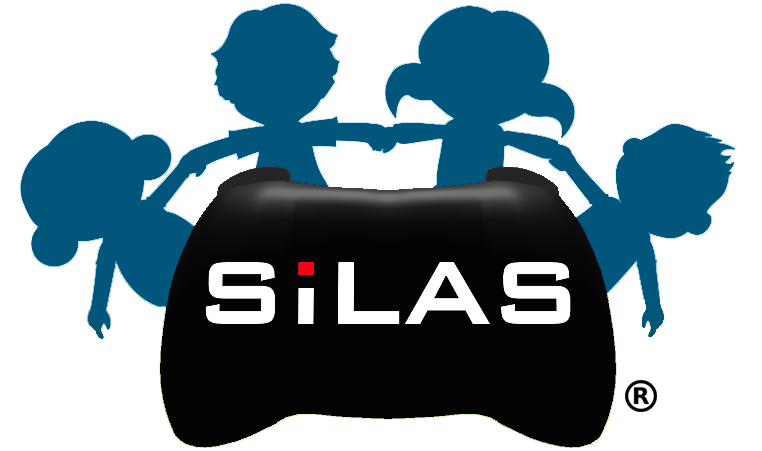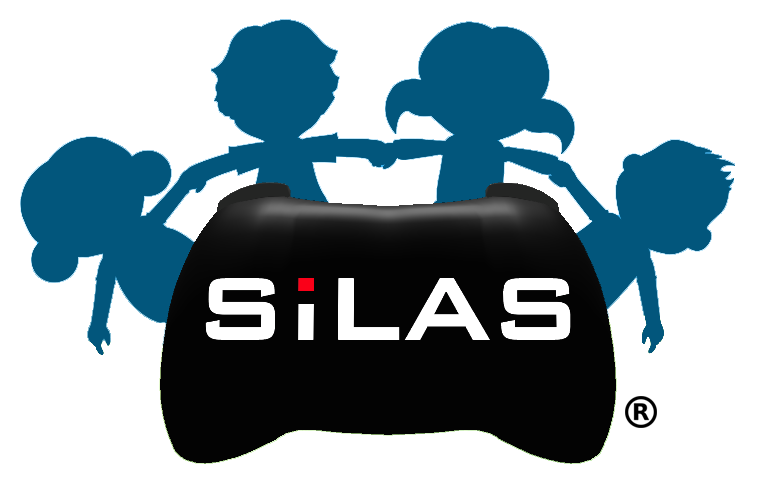Last month we announced that we would be hosting our first ever social animation contest! This month we are happy to announce the winners!
We had so many outstanding submissions! Below are the Top 5 Winners for overall animations.
Top 5 Social Animations
Carrie Neil’s Class, Huntington, IN.
Lauren Timmins Class, Parsippany-Troy Hills, NJ
Emily Simmonds Class – Bright Beginnings Secondary, NJ.
Terese Manalansan Class – Center for Lifelong Learning, NJ
Ettie Luban – Bright Beginnings Primary, NJ
Real-life Application
At SiLAS we are always focused on carryover. We want the skills that students practice and learn in the game to transfer over to the real world. One submission had such amazing real-life application, we decided to make that animation a winner too. Here’s what the teacher, Heather Hipple, had to say about this video:
“My students have been talking about conflict resolution for several weeks. The individual who made this video has been struggling. One day a few weeks ago, I took a group of eighth-graders out into the community to perform community service. This individual went with me. There were some boys on that trip that were very mean and rude to my student. But, my student handled it like a champ! This was the first time in a long time that he acted appropriately in a difficult situation. I saw the whole thing. Later that week, we were working on SiLAS scripts for appropriate conflict resolution. He asked if he could reenact that day at the park when he handled the other appropriately. (He even showed himself choosing to walk away and not engage in a fight in the video). Of course I thought that was an awesome idea! He was so proud of himself that day and gets to experience that pride again and again when he shows his classmates this video. It was awesome!”
Here’s the amazing video:
Heather Hipple Class – Huntington, IN.
Congrats to all those who submitted!


